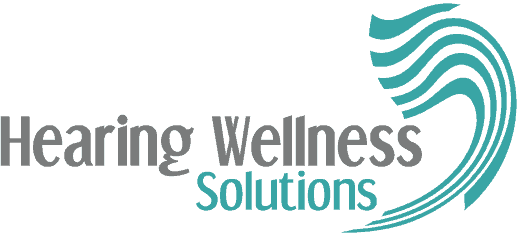Hearing loss is one of the most common health conditions that people are diagnosed with today. Nearly 1 in 5 people have some degree of impaired hearing, impacting over 48 million people. Hearing is often an underrecognized facet of overall health and wellness. This sense is a critical way we navigate daily life, relationships, work, social engagement etc. So when hearing is impaired, it can take a significant toll on these major aspects of everyday life. This highlights the importance of prioritizing your hearing health. You can start by learning more about hearing loss and the effective ways it is treated.
1. Is hearing loss permanent?
There are a few types of hearing loss: sensorineural, conductive, and mixed. Conductive hearing loss occurs in the outer or middle ear and is often temporary. This can be caused by factors like excessive earwax, bone growths, and a perforated eardrum which can all be treated in ways that restores hearing. This differs from sensorineural hearing loss which occurs in the inner ear as a result of sensory cells being damaged. There are thousands of these cells and they help process incoming soundwaves.
When they experience damage, their capacity to effectively process soundwaves is reduced and this results in the brain receiving less auditory information. This damage can be caused by a number of factors including loud noise exposure, aging, existing medical conditions, and head injuries. Unlike other types of cells we have, sensory cells in the inner ear do not regenerate and there are no ways to repair them. This means that the damage is permanent, causing chronic hearing loss. Sensorineural hearing loss accounts for 90% of the hearing loss that people experience today, making it the dominant type of hearing loss.
2. Who is most impacted by hearing loss?
There are several demographics that are disproportionately impacted by hearing loss. This includes:
- Older adults: according to the National Institute on Deafness and Other Communication Disorders (NIDCD): 1 in 3 adults, ages 65-74, have some degree of hearing loss. This increases to half of all adults, 75 and older, who have disabling hearing loss. The risk of developing hearing loss increase with age and this can be due to a few factors including the cumulative toll of loud noise exposure, changes to the ears that may happen over time, and existing medical conditions that older adults are disproportionately impacted by and are linked to hearing loss (diabetes, osteoporosis, hypertension).
- Musicians: studies show that musicians can be up to four times more likely to experience hearing loss. Musicians are exposed to high noise levels regularly which can cause noise induced hearing loss.
- People regularly exposed to loud noise: in addition to musicians, there are many people who are regularly exposed to excessive noise. It is estimated that over 30 million people are consistently around hazardous noise levels. This includes people who work in noisy settings, people who listen to audio on personal devices, people who engage in noisy social activities etc.
This highlights that there are many types of people who are impacted by hearing loss which also affects people across the age spectrum.
3. Is all hearing loss the same?
Not only are there different types of hearing loss but impaired hearing also exists on a spectrum, from mild to profound. Additionally, the degree of impairment can vary from one ear to the other. And people can experience hearing loss symptoms differently.
4. How is hearing loss diagnosed?
There are different tests that are used to evaluate hearing health. This includes pure tone audiometry and speech testing which measures hearing capacities in both ears using sounds and speech. This painless process identifies any hearing loss and the degree of impairment in each ear.
5. How is hearing loss treated?
There are effective hearing solutions that transform hearing health. Hearing aids are the most common treatment – these are electronic devices that are designed to absorb, amplify, and process speech as well as sound. This provides the ears and brain with ample support, alleviating hearing loss symptoms and maximizing hearing capacity. This not only strengthens hearing and communication but it also improves relationships, social life, and overall health. Hearing aids support people living active lives that they can fully engage in.


